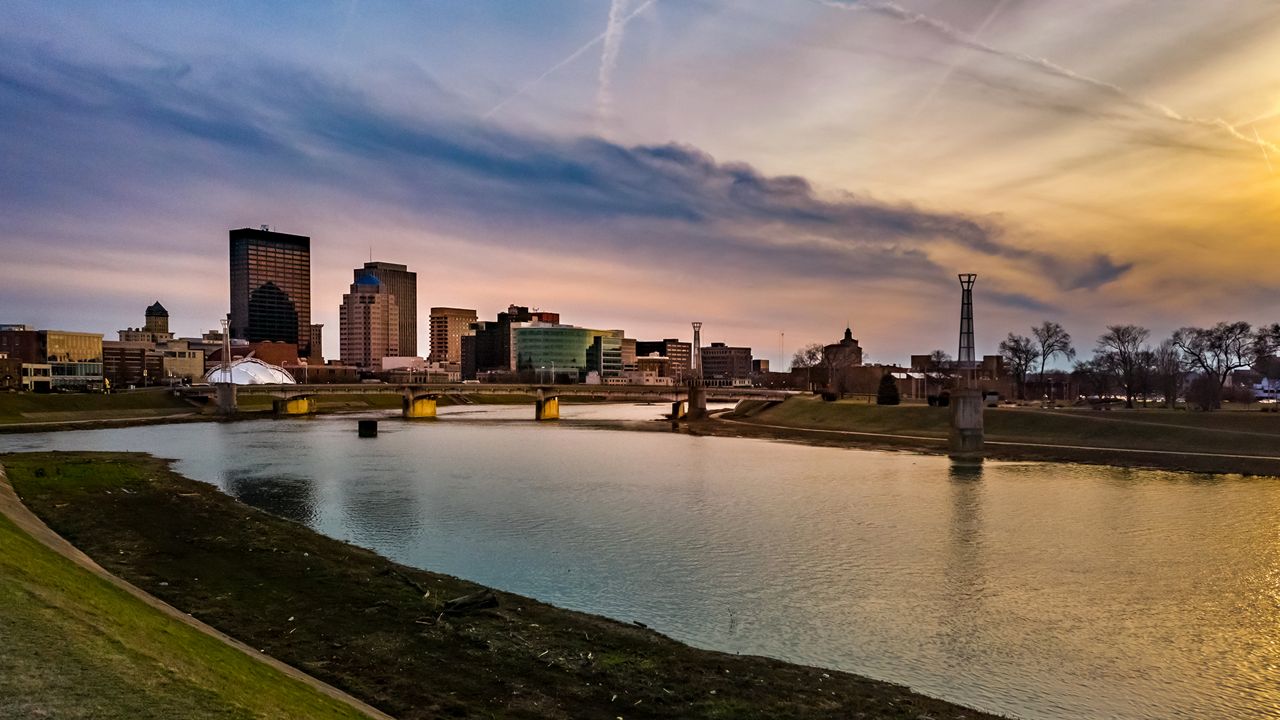MADISON COUNTY, Ohio — Agriculture plays a big role in growing Ohio’s economy, and now thousands of acres of farm land in the state may soon help harvest a very different resource.
With a 7-2 vote Thursday, the Ohio Power Siting Board gave the green light to a major Madison County solar field. When it’s complete, the Oak Run Solar Project will be one of the largest solar fields in the country.
Plans include construction of an 800-megawatt solar power generating facility, two three-and-a-half mile long transmission lines and a 300-megawatt battery facility to store the energy produced. The total project area covers 6,050 acres of farm land in parts of Monroe, Somerford and Deercreek Townships.
Before approving the plans, the board and Oak Run Solar Project both agreed to nearly 50 conditions, including significant setbacks from roads and other properties, and the opportunity for farmers to plant crops in the rows between the solar panels and allow livestock grazing.
“It’s a double win, of course, to the farmers who are leasing their properties for this,” said Miranda Leppla, director of Case Western Reserve University’s environmental law clinic. “They can continue to farm that property and then they can also have that, you know, safe, stable lease payment that they’re getting from the solar company that will help them over tough, tough times.”
Ohio currently relies primarily on natural gas and coal for the majority of its energy.
“From an energy perspective, Ohio is not lacking of energy,” said Jared Pincin, associate professor of economics for Cedarville University. “Again, I was looking up some numbers and just in natural gas production, which accounts for a vast majority of energy production in the state of Ohio, is 27 times more productive than they were in 2012.”
But Leppla said we are in the middle of a climate crisis, and the time to turn toward renewable resources is now.
“We’re putting ourselves in an ever-more threatening position,” she said. “We’re seeing increases in storms. I know sometimes we think of this as a coastal problem, but we are seeing increased storms in our own state. We’re seeing increasing problems as a result of climate change in our lakes. There are a lot of impacts that are happening right here, right now, that if we don’t start to tackle this now instead of in 10 or 20 years, we’re not going to be in a very good place for it.”
Experts say Ohio’s solar and wind energy production is currently minimal at around one or two percent of all power produced in the state.










